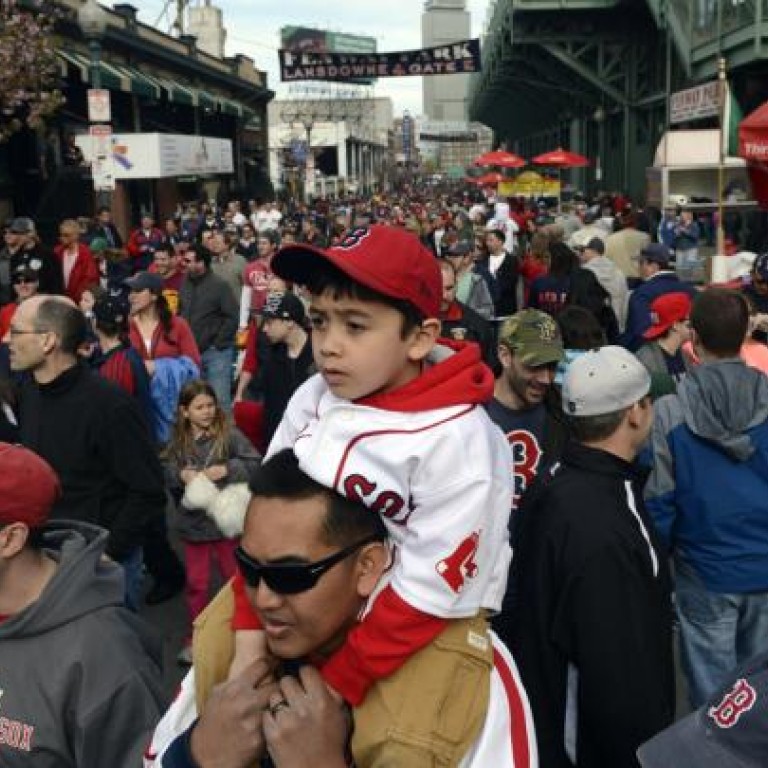
Marathons can be open and safe
Increased security at start and finish will deter terrorists, whose prime aim is to garner as much publicity as possible
The atrocity that hit Boston on Monday is not the first time a marathon has been targeted. In April 2008, 14 people were killed when a Tamil Tiger suicide bomber blew himself up at the start of a marathon celebrating the Sri Lankan new year, killing 13 people and injuring more than 100. Among the dead was Sri Lanka's most celebrated marathon runner, KA Karunaratne, who had competed in the 1992 Olympics and 1993 world championships.
That act of violence is ranked by magazine as being among the top 10 worst acts of terrorism, and included in this list is the 1972 Munich Olympic Games tragedy and the 2009 attack on a bus carrying the Sri Lanka cricket team to a test match in Lahore, Pakistan. It is sad that there is such a compilation of dastardly acts. It speaks volumes for the mileage that can be reaped from attacks on athletes and sporting events.
In the days following the Boston bombing, many have said there is no way a marathon can be safeguarded completely. William Ko Wai-lam, chairman of the organising committee of the Standard Chartered Hong Kong Marathon, said: "It is impossible to provide security for everyone and to check every runner and spectator."
While what Ko says is true, marathon organisers should keep in mind one vital factor - that a perpetrator's main objective is to gain maximum publicity and as such he, or she, will always target the start or the finish. In the case of Boston, it was near the finish line that the two bombs went off. The very symbolism of the finish had been taken into account by the people behind this atrocity. They knew that the world would be watching and they had planned accordingly.
When Pheidippides ran to Athens after the Battle of Marathon, heralding the great news of victory, no historian relates what happened between the plain of Marathon and Athens. But they all say what occurred at the finish: that Pheidippides keeled over and died from exhaustion.
The finish line embodies the crux of the marathon. Every runner who has taken part in a marathon knows it is not about winning; it is all about completing the course. The sense of accomplishment is massive, and that is why the finish line is held in such reverence. Sadly, terrorists realise this also.
So while the kneejerk reaction will be that it is impossible to provide 100 per cent security to a marathon, there is a way to make it safer, and that is by blanketing the start and finish with police and security personnel.
The best way, of course, would be to have a marathon finish inside a stadium, an enclosed arena where every spectator can be checked.
But even if it is an open street, as famous marathons like Boston and London take pride in, a sanitised cordon can be thrown around the last kilometre or so, where everyone who wants to watch the final stages will have to go through security checks. It can be the same at the start.
What all this will mean is that the costs of staging a marathon will go up considerably. It will be up to the organisers to take steps to hire more security personnel. Local authorities will have to get involved. This is the sad legacy of the Boston Marathon. The world changed after 9/11, likewise marathons will have to change now.
Ko was right when he said an atrocity of this nature was unlikely to happen in Hong Kong. But nothing should be taken for granted.
Hong Kong has one thing going for it, though. With the bulk of the course being run on highways, bridges and tunnels, places inaccessible to the public, security can be concentrated at the start and the finish and the few stretches where the course runs through public streets.
Also, let's hope the Boston tragedy will not offer a readymade excuse to those naysayers within government departments who believe a better route through the streets of Hong Kong is impossible.
We must take an example from London, site of the world's largest marathon by number of participants, which today is going ahead as planned on the original route. We must continue to evolve and find a best route for Hong Kong that is both athlete-friendly and fan-friendly.
Running a marathon is a celebration of life and long may it stay that way.

